Helping Nonprofits and Other Growing Businesses Understand Security Risks
Raxis COO Bonnie Smyre was honored to be invited to write a guest blog post for NTEN, the Nonprofit Technology Network, about understanding security risks.

Raxis COO Bonnie Smyre was honored to be invited to write a guest blog post for NTEN, the Nonprofit Technology Network, about understanding security risks.

Raxis’ Bonnie Smyre shares her journey from software developer at UNC her current role leading Raxis’ penetration testing team.
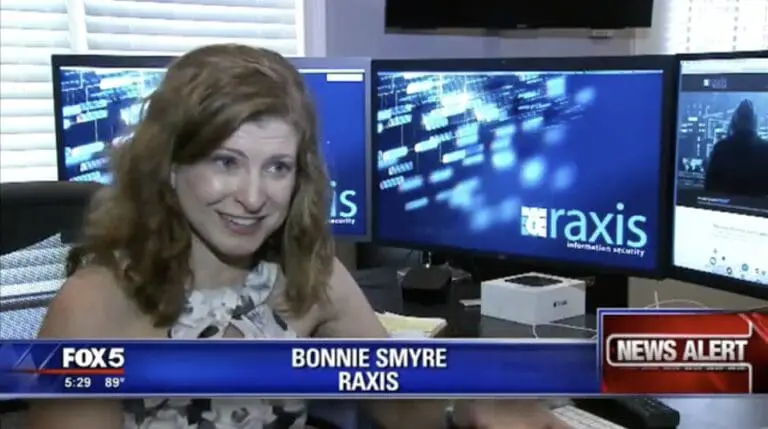
Bonnie Smyre, our Chief Operating Officer, recently appeared on Fox 5 News in Atlanta to discuss a Facebook scam related to Tyler Perry.
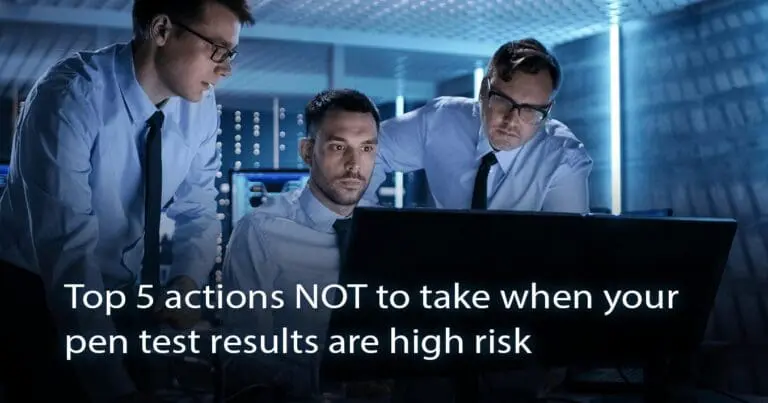
Raxis’ Brian Tant explains the worst thing to do with negative pentest results is to ignore them & why taking action thwarts hackers & increases your security.
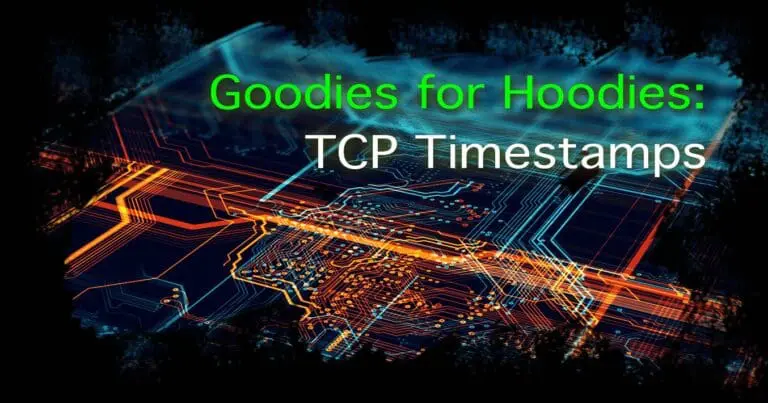
Does your penetration test always return a low-risk finding about TCP Timestamps? Why worry about it? Because it gives hackers info to use in other attacks.
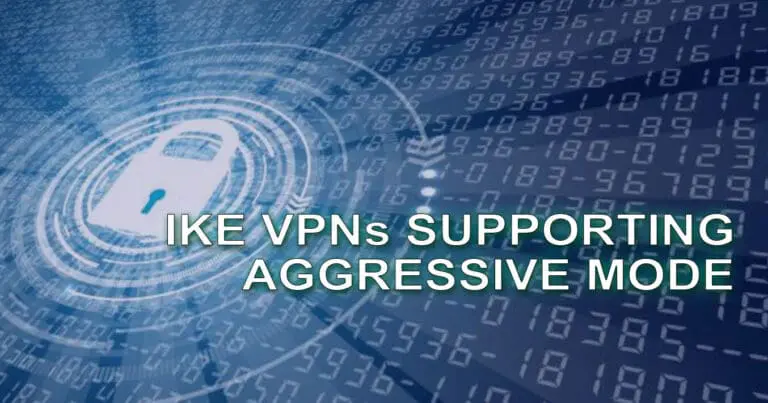
In this post we’ll look at why IKE VPNs with Aggressive Mode enabled continue to be a vulnerability, how it can be exploited, and how to mitigate this risk.
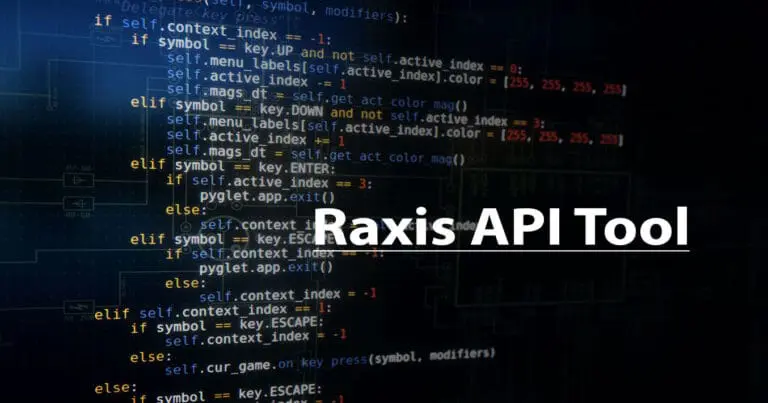
Raxis Lead Developer, Adam Fernandez, has developed a tool to use for testing JSON-based REST APIs, and we’re sharing this tool on GitHub to help API developers test their own code during the SDLC process and to prepare for third-party API penetration tests.
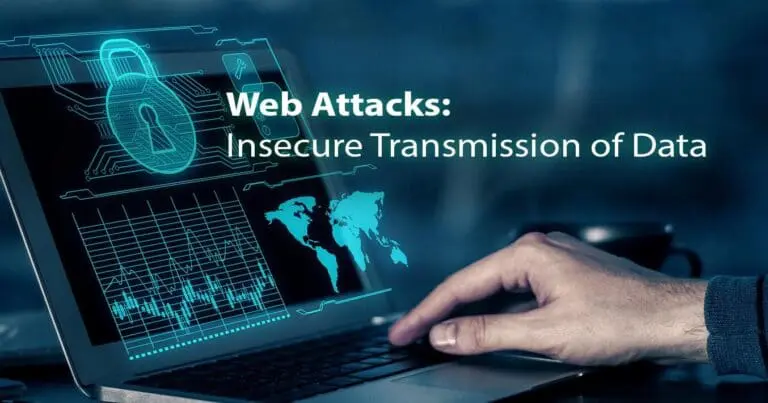
Raxis COO Bonnie Smyre discusses the vulnerabilities that arise when web apps transmit data insecurely and what you can do to secure your apps.
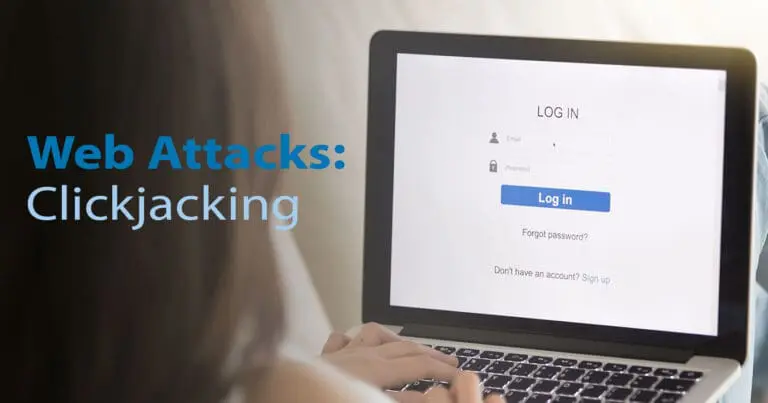
Many of the external network and web application penetration tests that we perform list ‘clickjacking’ as a vulnerability. Here Raxis COO Bonnie Smyre explains what clickjacking is and how you can protect against it.
![Tailgating & Other Physical SE - SOCIAL ENGINEERING [PART 3]](https://raxis.com/wp-content/smush-webp/2023/05/img-20-1-768x403.jpg.webp)
Raxis COO Bonnie Smyre discusses physical social engineering, which tests to see how your employees and systems react when someone who should not be allowed access attempts to get past your controls to gain access to your sensitive information and networks.
![Voice Phishing - Social Engineering[Part 2]](https://raxis.com/wp-content/smush-webp/2023/05/img-12-1-768x403.png.webp)
Raxis COO Bonnie Smyre discusses voice or phone phishing, also know as vishing, and how you can train your employees not to fall for the bait.
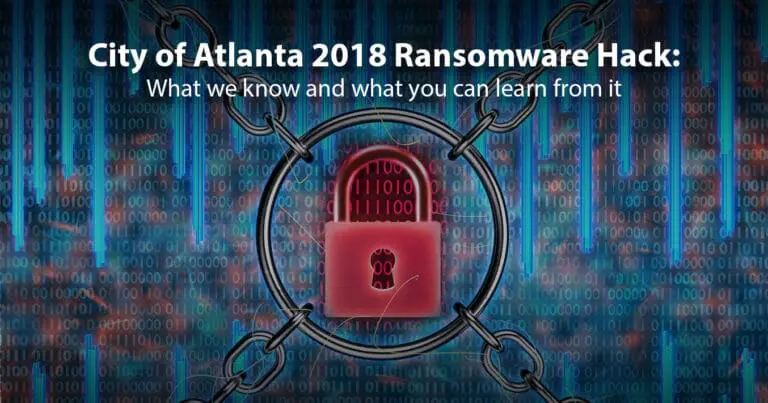
Raxis, an Atlanta-based penetration testing company, pieces together facts pertaining to the March 22 ransomware attack on the City of Atlanta.